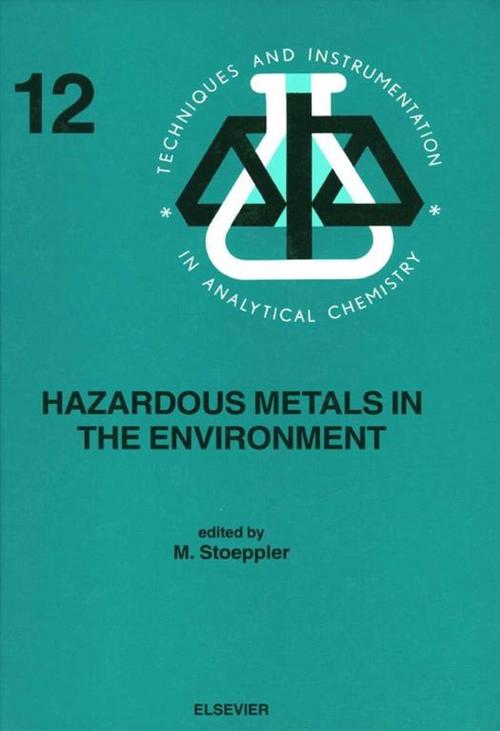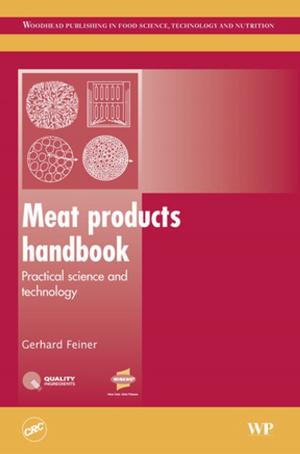Hazardous Metals in the Environment
Nonfiction, Science & Nature, Science, Biological Sciences, Environmental Science, Nature| Author: | ISBN: | 9780080875606 | |
| Publisher: | Elsevier Science | Publication: | April 13, 1992 |
| Imprint: | Elsevier Science | Language: | English |
| Author: | |
| ISBN: | 9780080875606 |
| Publisher: | Elsevier Science |
| Publication: | April 13, 1992 |
| Imprint: | Elsevier Science |
| Language: | English |
The execution of detailed studies on the fate and levels of hazardous elements in the environment, foodstuffs and in human beings has become a major task in environmental research and especially in analytical chemistry. This has led to a demand to develop new methodology and optimize that already in use.
The book offers the reader a general introduction to the problem areas that are currently being tackled, followed by chapters on sampling and sample preservation, strategies and applications of the archiving of selected representative specimens for long-term storage in environmental specimen banks. This is supplemented by the example of wine as a preserved - frequently, already historical - specimen which clearly reflects technological changes over time. The following chapters review sample treatment, present an overview on the most frequently and successfully applied trace analytical methods for metals and metal compounds, and introduce the increasingly important methods for identifying and quantifying metal species in sediments and soils (speciation).
The chapters in the second part of the book provide data on analytical methods for determining the levels of toxicologically, ecotoxicologically and ecologically important elements in environmental and biological materials, including information on the separation and quantification of chemical and organomatallic species. The elements treated are aluminium, arsenic, cadmium, chromium, cobalt, lead, mercury, nickel, selenium and thallium. The final chapter treats quality assurance and the importance of the continuous use of appropriate reference materials to avoid erroneous results.
The execution of detailed studies on the fate and levels of hazardous elements in the environment, foodstuffs and in human beings has become a major task in environmental research and especially in analytical chemistry. This has led to a demand to develop new methodology and optimize that already in use.
The book offers the reader a general introduction to the problem areas that are currently being tackled, followed by chapters on sampling and sample preservation, strategies and applications of the archiving of selected representative specimens for long-term storage in environmental specimen banks. This is supplemented by the example of wine as a preserved - frequently, already historical - specimen which clearly reflects technological changes over time. The following chapters review sample treatment, present an overview on the most frequently and successfully applied trace analytical methods for metals and metal compounds, and introduce the increasingly important methods for identifying and quantifying metal species in sediments and soils (speciation).
The chapters in the second part of the book provide data on analytical methods for determining the levels of toxicologically, ecotoxicologically and ecologically important elements in environmental and biological materials, including information on the separation and quantification of chemical and organomatallic species. The elements treated are aluminium, arsenic, cadmium, chromium, cobalt, lead, mercury, nickel, selenium and thallium. The final chapter treats quality assurance and the importance of the continuous use of appropriate reference materials to avoid erroneous results.















